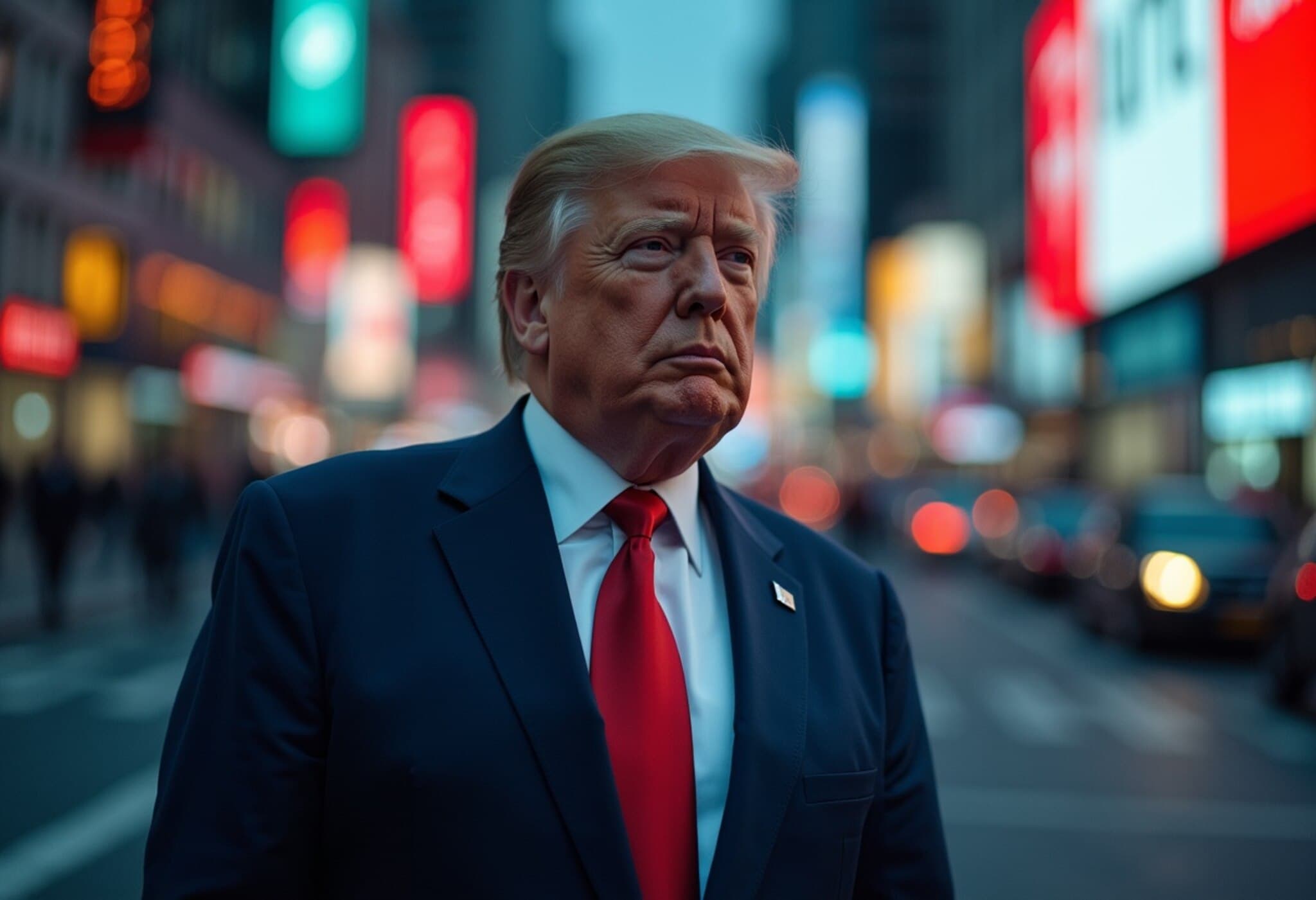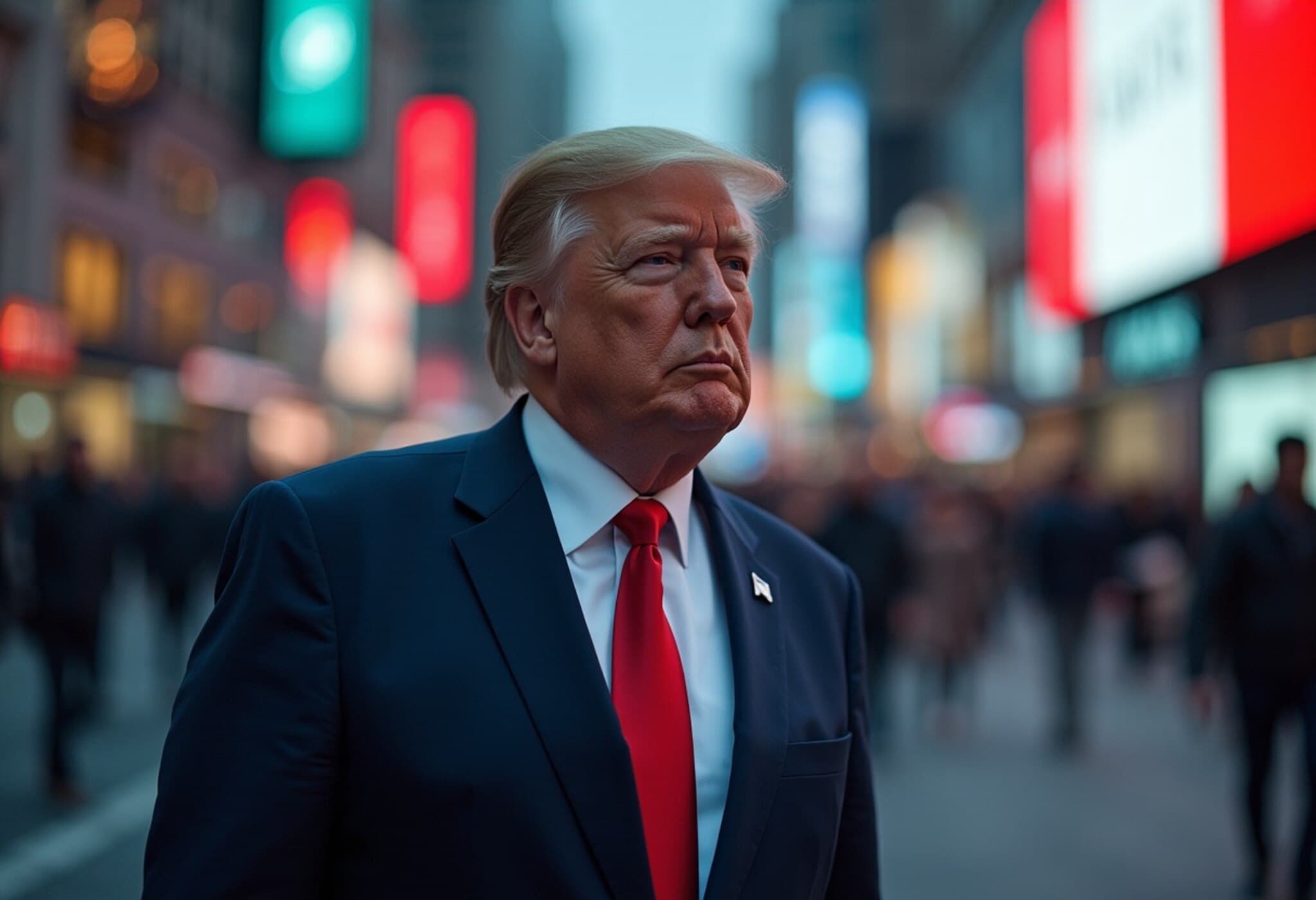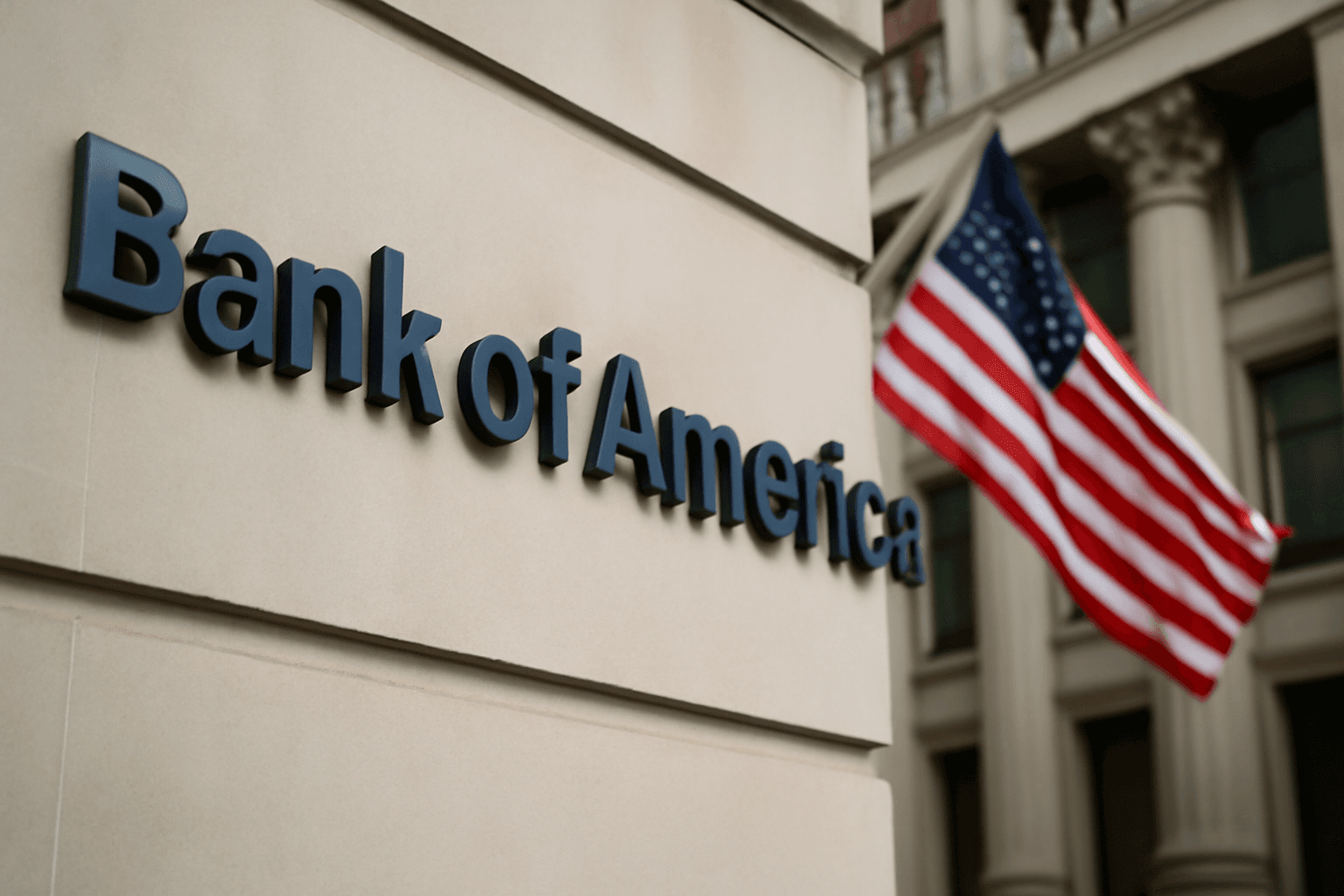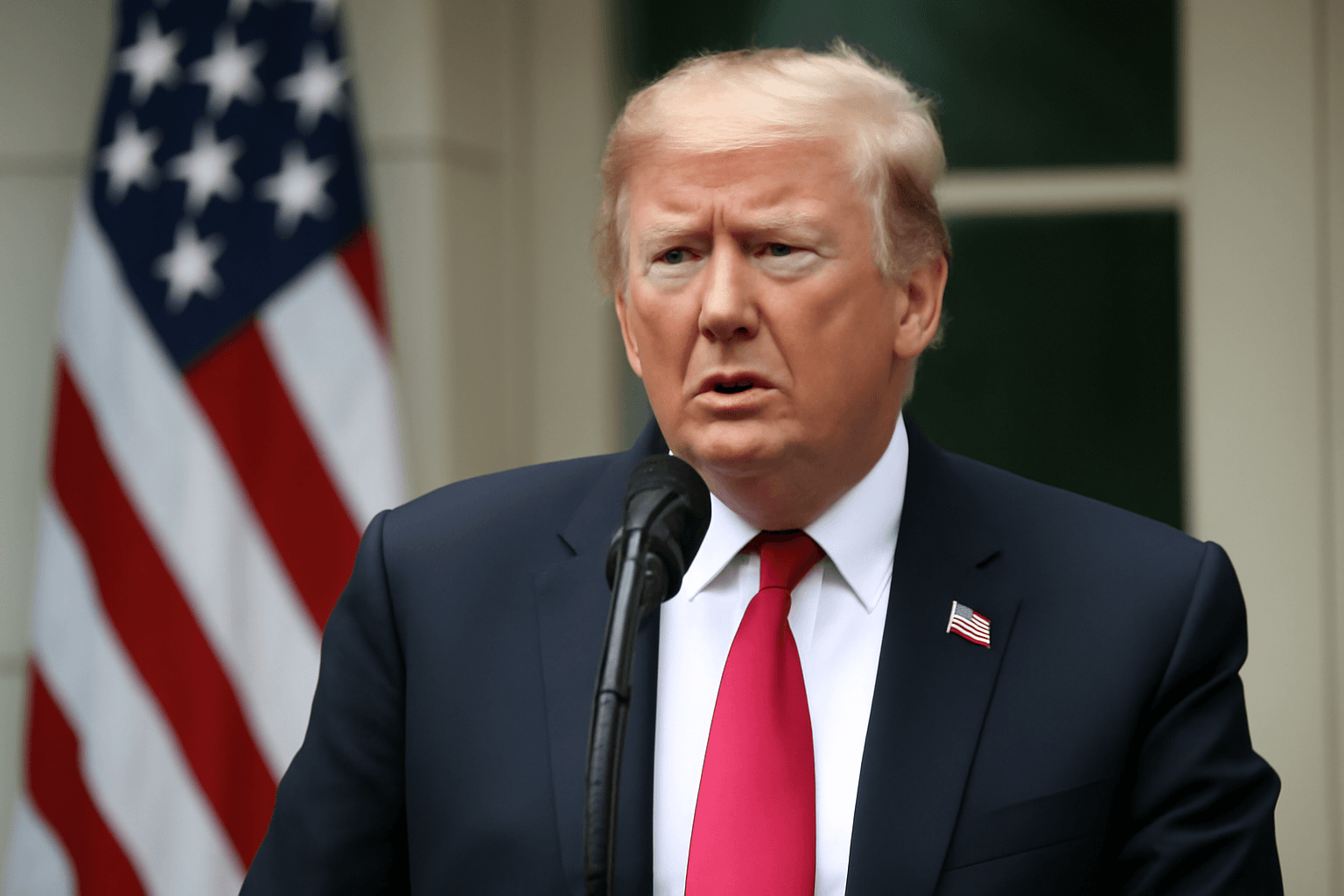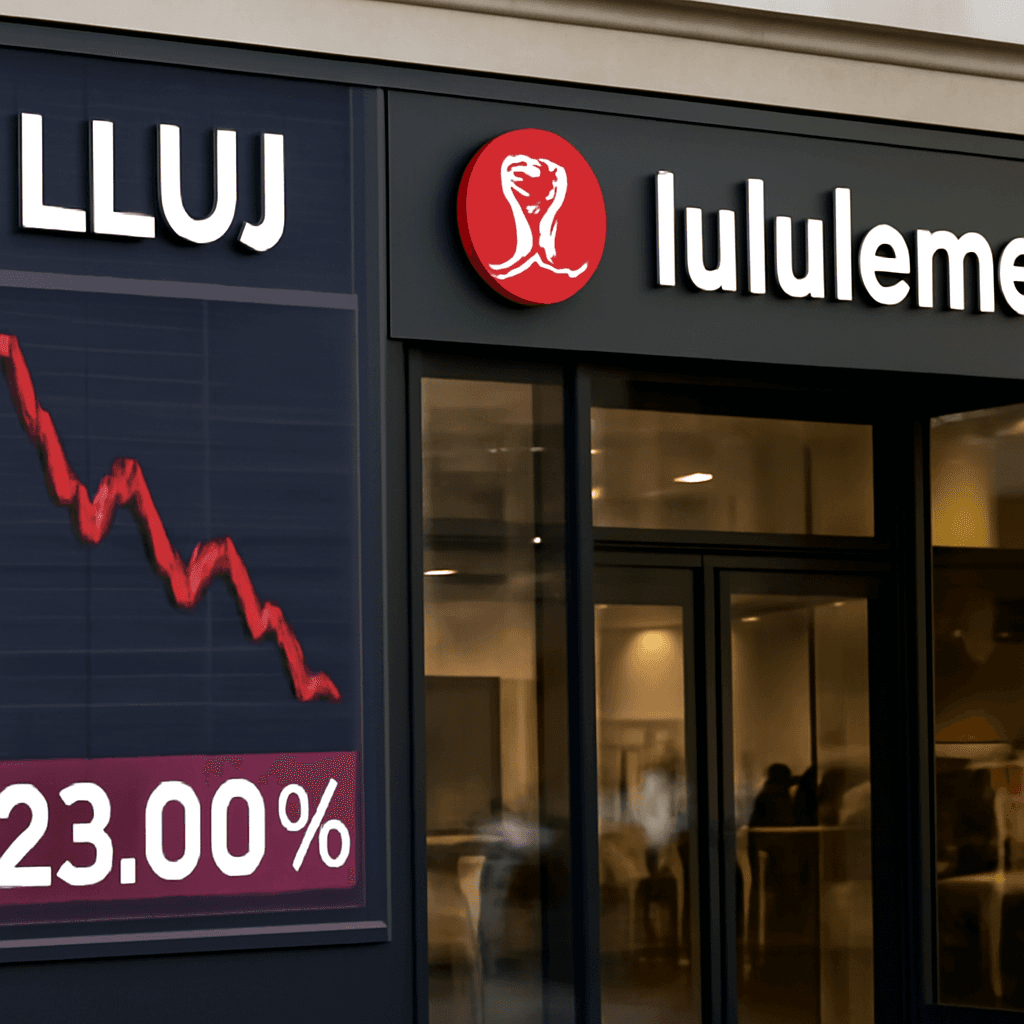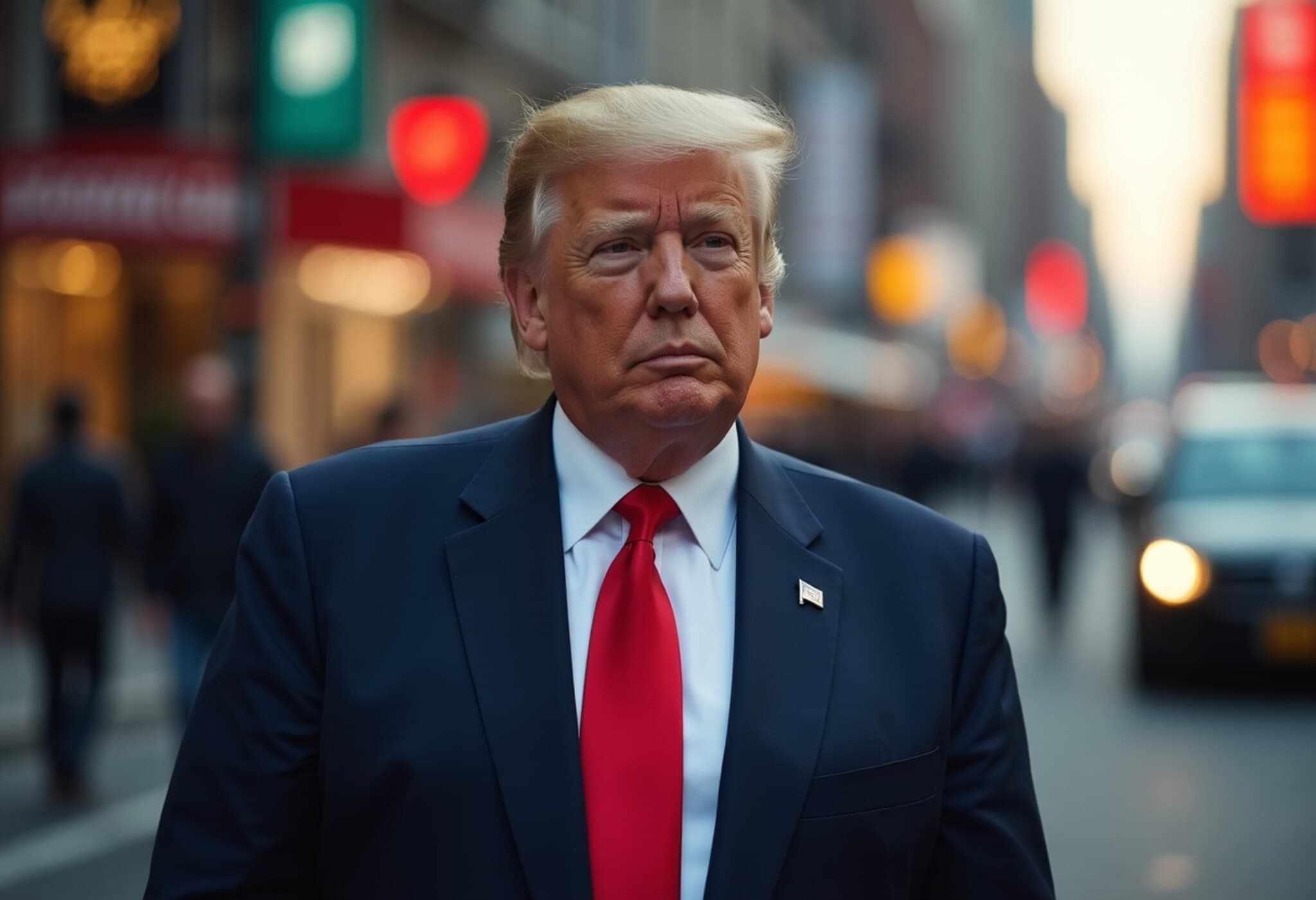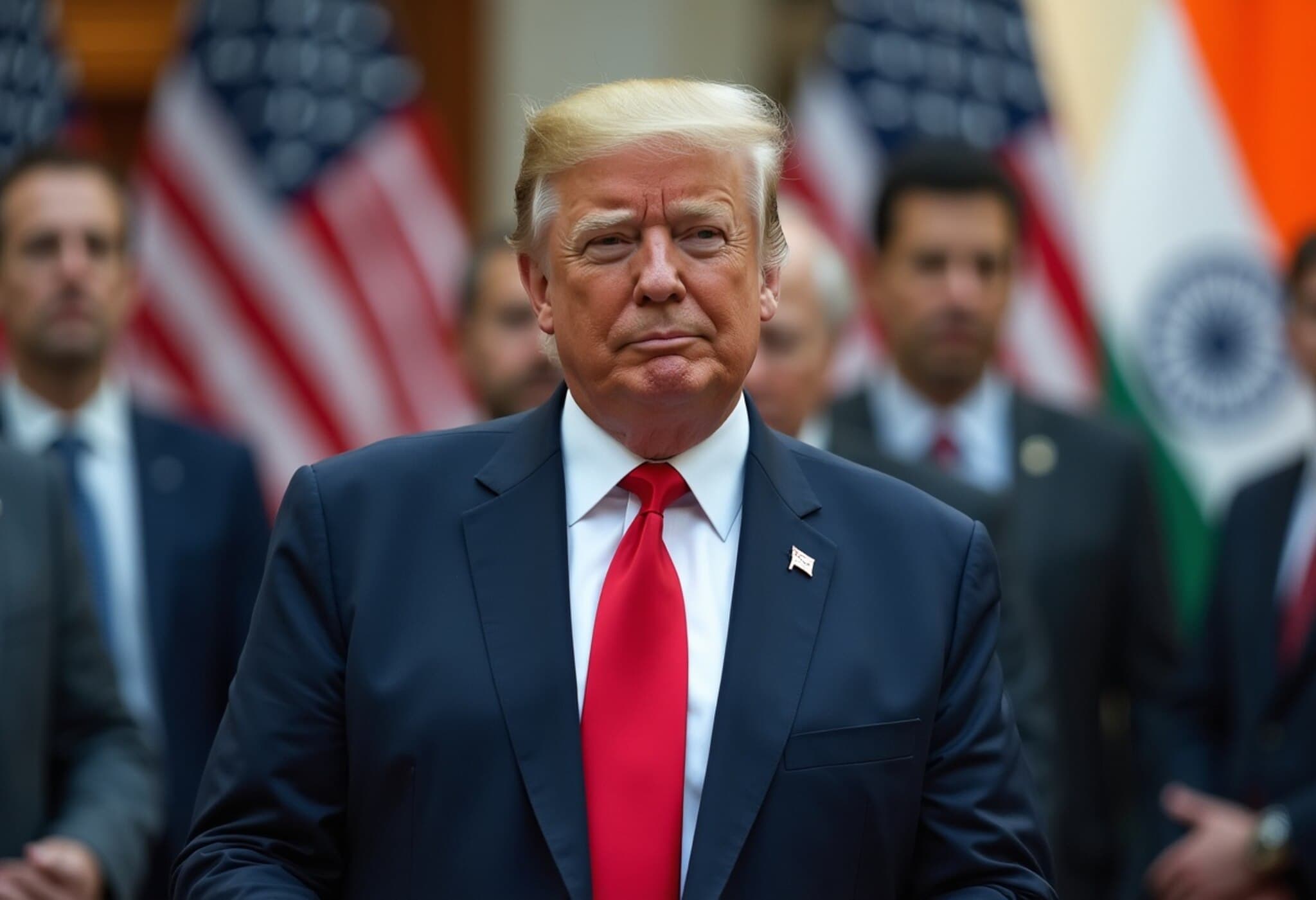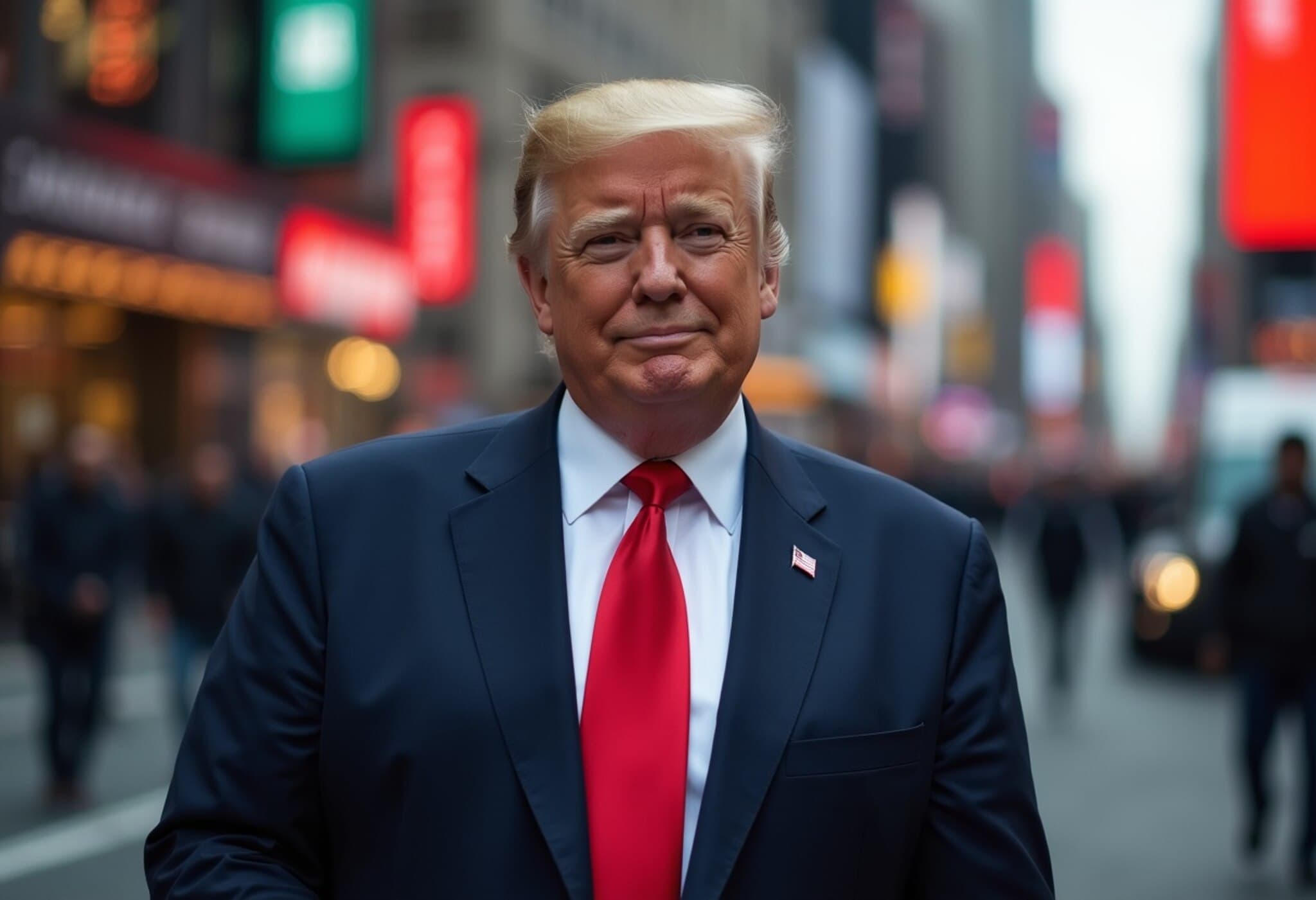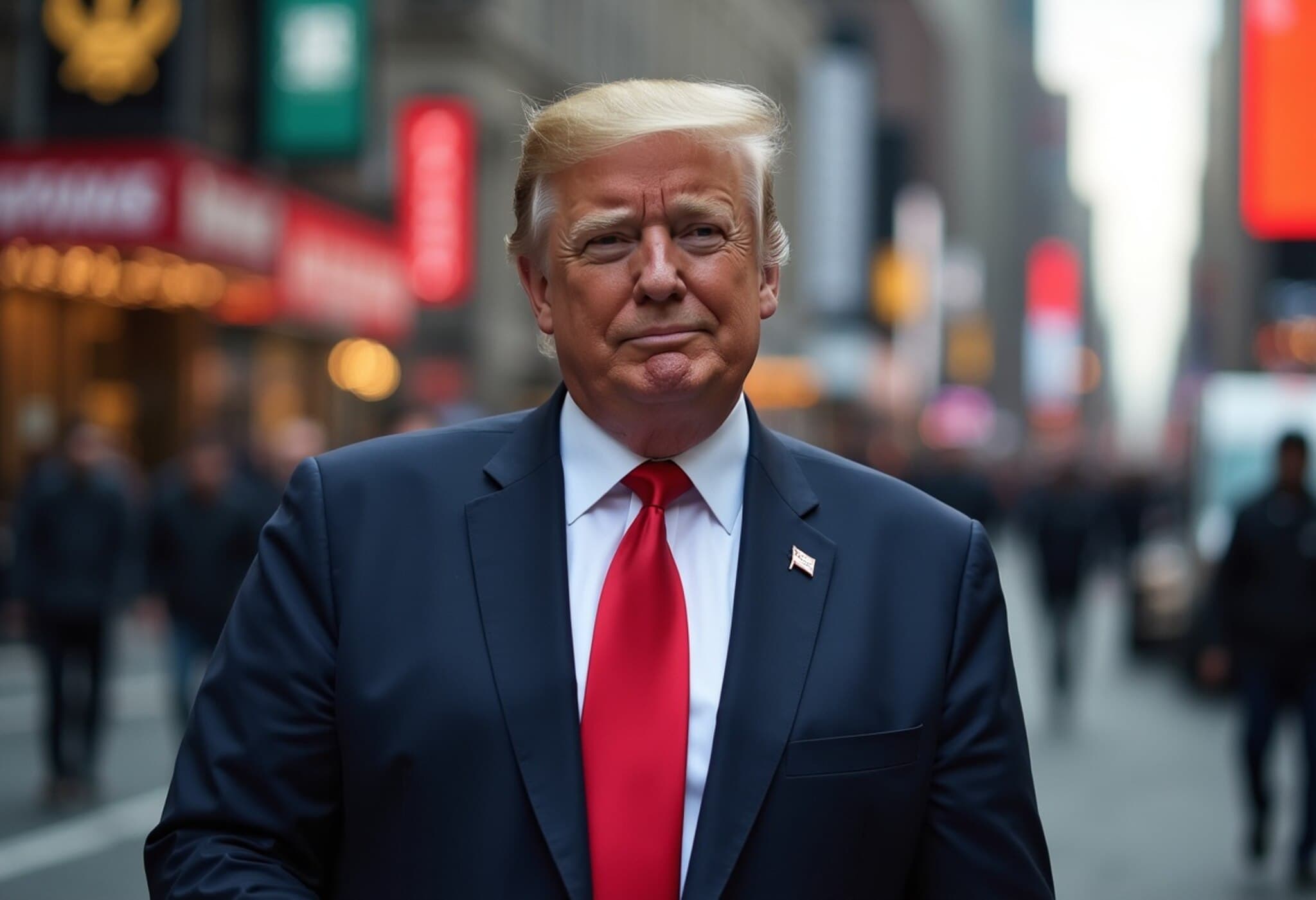Global Stock Markets Rally to New Heights Despite Trade Tensions
As the world navigates through the turbulence of U.S. President Donald Trump's continued tariff policies, global stock markets have nonetheless surged to historic highs in 2025. The MSCI All Country World Index, an extensive gauge covering over 2,500 stocks across developed and emerging markets, has climbed nearly 10% since January, peaking on July 4. But beneath this optimistic headline lies a nuanced story of regional divergence, with some markets soaring while others struggle to keep pace.
Europe’s Resurgence: The Surprising Champions of 2025
Europe has emerged as the standout region this year, with several of its markets delivering eye-catching gains that have outperformed the U.S. and many parts of Asia. Greece leads the comeback trail, boasting a year-to-date gain approaching 60%. Experts attribute this remarkable surge to a combination of sustained economic recovery, comprehensive banking reforms, and a booming tourism sector, which together have restored investor confidence.
Gabriel Sacks, Investment Director at Aberdeen specializing in emerging markets, notes, "Greece’s government fiscal discipline—through surpluses and early bailout repayments—has been a critical factor in rekindling trust among investors. Banks here have consistently exceeded expectations and are guiding for further growth." Similarly, Poland and the Czech Republic have posted robust gains of 56% and 52% respectively, reinforcing Eastern Europe’s strong performance.
Michael Field, Morningstar's chief equity strategist for Europe, the Middle East, and Africa, views Europe's rally as fueled by a potent mix of undervaluation, recovering growth prospects, and the rotation of capital away from U.S. stocks amidst policy uncertainties fueled by Trump’s trade agenda. Germany’s pivot away from fiscal austerity has also played a vital role, fostering an environment ripe for sustainable growth.
European Defense and Banking Sectors Thrive
Notably, European defense stocks and financial institutions have benefited from their relative insulation from tariff skirmishes. Mark Mobius, Chairman of Mobius Emerging Opportunities Fund, points out that these sectors could continue to offer significant returns, given their limited exposure to global trade frictions.
United States: Cautious Gains Amid Policy Headwinds
While U.S. equities have advanced—around 7% since the start of the year—the gains lag significantly behind their European counterparts. President Trump's unpredictable regulatory and tariff strategies have shaken investor confidence, prompting some capital outflows earlier in the year. However, with key indices such as the S&P 500 and Nasdaq Composite recently hitting record highs, some of that outflow has reversed, signaling tentative optimism. Yet uncertainties linger, especially as trade conflicts and domestic political polarization continue to weigh on sentiment.
Asia’s Mixed Landscape: South Korea’s Standout Performance
In Asia, the picture is more fractured. Amidst disparate performances, South Korea shines as the region’s best performer in 2025, rallying over 30% year-to-date. This resurgence is all the more remarkable considering the imposition of a 25% export tariff by the U.S. South Korean exporters appear better positioned to weather these levies, partly by passing on cost increases to U.S. consumers.
Daniel Yoo, a global strategist at Yuanta Securities, notes that the tariff impact was largely priced in ahead of implementation, and trade negotiations could reduce the rate come August 1. Furthermore, the political shift earlier in the year, highlighted by the opposition’s presidential victory, has boosted hopes for corporate governance reforms, adding to market enthusiasm.
China, despite facing stringent U.S. trade pressures, managed a respectable rise of over 17%. Looking ahead, financial institutions like HSBC anticipate supportive policies and potential yuan appreciation as catalysts, although overall economic growth remains challenged amid the absence of robust stimulus measures.
Underperformers: Thailand and Turkey Face Economic and Political Headwinds
Conversely, some markets have struggled significantly. Thailand’s stock market has slumped by over 13%, hampered by ongoing political instability, corruption allegations, lagging tourism recovery post-COVID, and the drag of U.S. auto tariffs impacting its export-heavy automotive sector. The recent suspension of Prime Minister Paetongtarn Shinawatra over ethical controversies further unsettles investors.
Turkey's situation is similarly dire. The Turkish lira's steep 13% depreciation this year reflects deep economic vulnerabilities exacerbated by political repression and rampant inflation. The arrest of key political figures has dashed any budding optimism, with analysts warning that without fundamental policy reforms, a meaningful recovery remains unlikely.
Outlook: Resilience Amid Volatility
Despite these ups and downs, 2025 has broadly been a bullish year for equities worldwide, with only five markets in negative territory according to Morningstar data. George Efstathopoulos of Fidelity International suggests that the most acute shocks from Trump’s aggressive trade policies—dubbed "Liberation Day" by the President—may be behind us.
With China taking measured economic stimuli, the Federal Reserve beginning a gradual easing of monetary policy, and Germany abandoning decades of austerity measures, the stage is set for potentially sustained growth. Vasu Menon, Managing Director of Investment Strategy at OCBC, points out that although volatility will likely persist, there’s genuine scope for markets to continue defying headwinds in the latter half of the year.
Key Takeaways for Investors
- European markets appear positioned for continued strength, particularly in defense and banking.
- U.S. equities face uncertainty amid policy shifts but retain record-high valuations.
- South Korea’s export-driven rally underscores resilience despite tariffs.
- Political and economic instability weigh heavily on Thailand and Turkey’s markets.
- Global investors should brace for ongoing volatility but also consider emerging opportunities amid shifting geopolitical landscapes.
Editor’s Note
This dynamic snapshot of 2025’s global equity landscape reveals how geopolitical forces, policy frameworks, and regional economic realities intertwine to create winners and losers on the world stage. While Trump’s tariffs have injected volatility, they have simultaneously catalyzed regional reallocations of capital and opportunities, especially outside the U.S. The resilience of markets despite these pressures underscores investors’ adaptability but also warrants caution.
As we move forward, critical questions linger: Can Europe sustain its momentum amidst broader global uncertainties? How will evolving U.S.-China trade relations reshape Asian markets? And to what extent will political stability—or lack thereof—in emerging economies influence investment flows? These issues will shape not just 2025’s second half but the trajectory of the global financial system for years to come.

